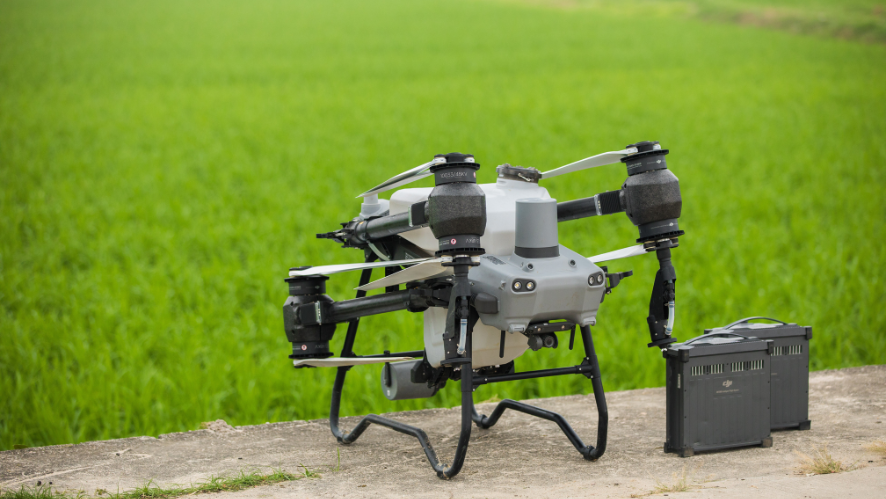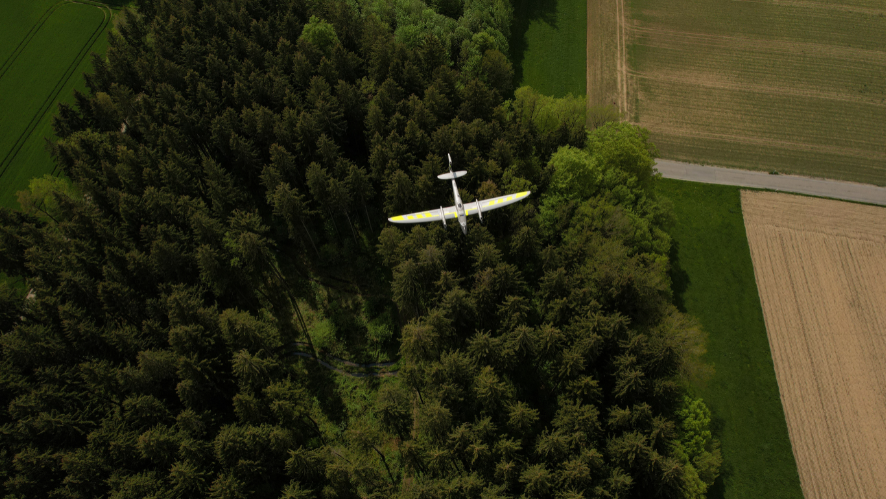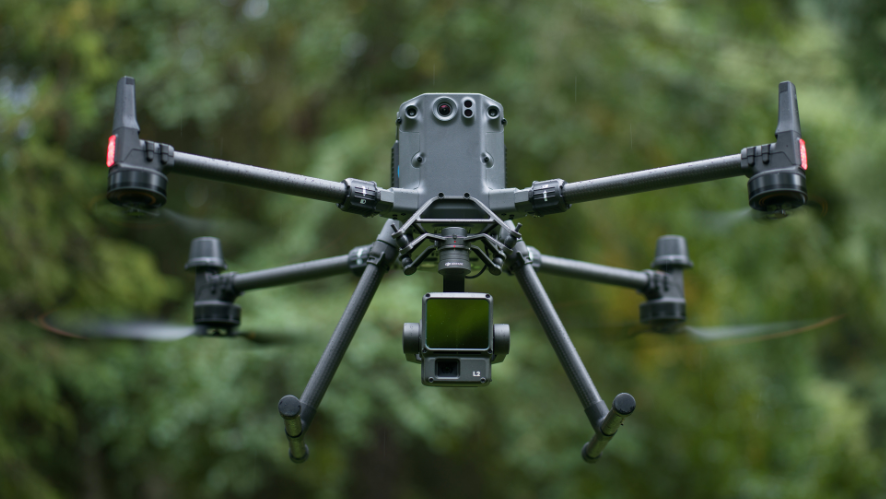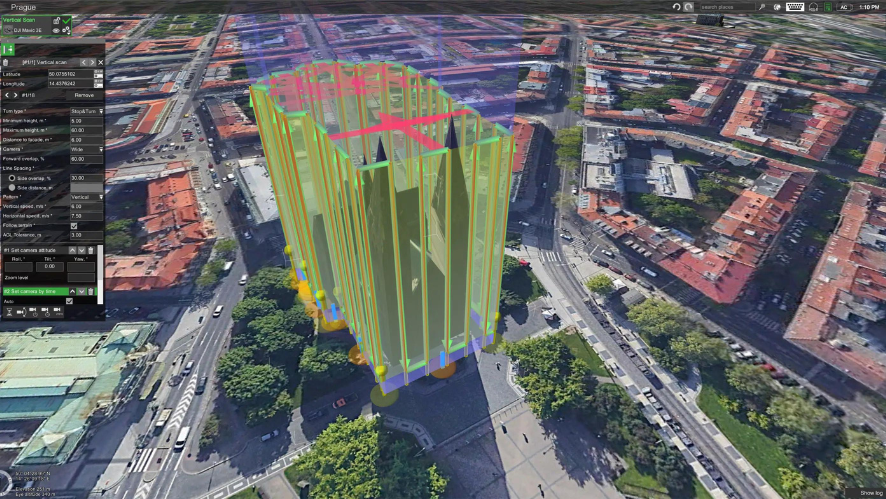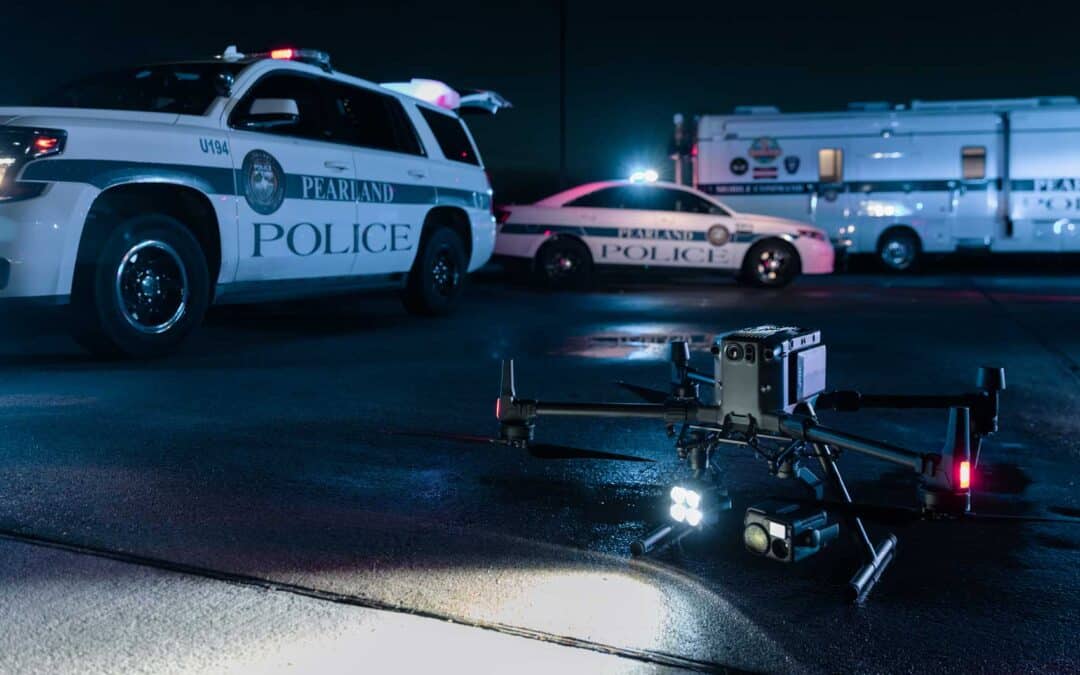The great functionality of drones has led to their incorporation into the State Security Forces and Corps. Thanks to their high performance, such as thermal cameras, loudspeakers or spotlights, police drones have become the perfect ally to control and monitor, among others, organised crime activities.
Drones not only help to combat crime, but also provide support in different activities: sporting events, rescuing people, road control or emergency activities.
On the other hand, drones are also used to provide support at all times to any of the groups that need it, such as, for example, firefighting teams, or police forces that take photos from the air in order either to locate a specific event or to know the terrain orography before one of their deployments.
What are the different uses of drones for the police?
Drones for police use have become one of the perfect allies for the State Security Forces and Corps. Below, we will explain some of the main reasons why this type of technology has become the perfect ally for police institutions in our country.
- Carrying out surveillance missions. The Civil Guard normally uses drones to carry out public order, public safety, traffic control, border surveillance, intelligence and logistics missions, among many others. With allies such as drones, they carry out their activities more effectively, quickly and safely, in addition to achieving great economic savings.
- Controlling large mass concentrations. On the other hand, police drones are the perfect partner when it comes to guaranteeing security inside large events or popular gatherings where mass control is necessary, such as at high-risk football matches, concerts or crowds.
- Special operations. In order to carry out certain types of operations, the National Police Force previously needed to use helicopters. However, with the implementation of police drones, the State Security Forces and Corps will be able to carry out certain activities much more quickly, economically and discreetly.
- Search and rescue tasks. On the other hand, drones have been of great help in the search and rescue of people for the Civil Guard and National Police.
What is the Civil Guard using drones for?
In general, police action with drones has become very widespread within the State Security Forces and Corps, as they offer great versatility.
- Public order tasks. The Civil Guard normally uses drones for public order, investigation, rescue, emergencies, environmental control, logistics and intelligence tasks, among many others.
- Ensuring public safety. All the actions mentioned above are ultimately aimed at guaranteeing public safety.
- Road traffic surveillance. The control and surveillance of road traffic is one of the key functions that drones currently have for the police. Thanks to them, the Civil Guard’s traffic department is able to maintain order on the road and reduce the number of accidents by respecting the rules of the road.
- Border control and supervision. Thanks to the usefulness of drones, the Civil Guard is able to improve good control and supervision in order to ensure the proper functioning of the Spanish borders, for example.
What are the advantages that drones bring to the Police?
Next, we tell you the advantages that drones have for the National Police, for which they have become an indispensable working tool to ensure complete and absolute public safety.
- Greater work efficiency. Efficiency has become a key factor as drones have some features that were previously not so readily available, such as thermal cameras or high magnification zoom. Both help police forces in numerous scenarios day in and day out.
- Decreased risk. By incorporating this type of technology, job security is increased since, on many occasions, members of the police force are not required to expose themselves to the different imminent risks that exist during their work performance. In this way, officers will avoid endangering their lives during their work and, consequently, there is a considerable decrease in risks and an increase in safety.
- Greater analysis capacity. By having a reduced size, the capacity for analysis increases, since it is possible to access numerous locations and obtain a lot of information that would be completely impossible for operators to reach.
In view of the above, police drones require highly specialised and qualified training, and all officers belonging to the State Security Forces and Bodies must be prepared to work with this type of tool and technology.
Given the high level of responsibility and involvement required by their duties, it is necessary for the agent to be aware before undertaking some actions on their own. Current regulations regarding the use of drones have caused a steady increase in their demand and private use, so they can be acquired without any restriction, provided they comply with clear legal regulations.
In addition, it is important to encourage safety and good use of this technology, since, for example, police drones reach 90 kilometres per hour and a range of up to 20 minutes. As for the height at which they operate, this is limited depending on their capacity and the type of drone.







